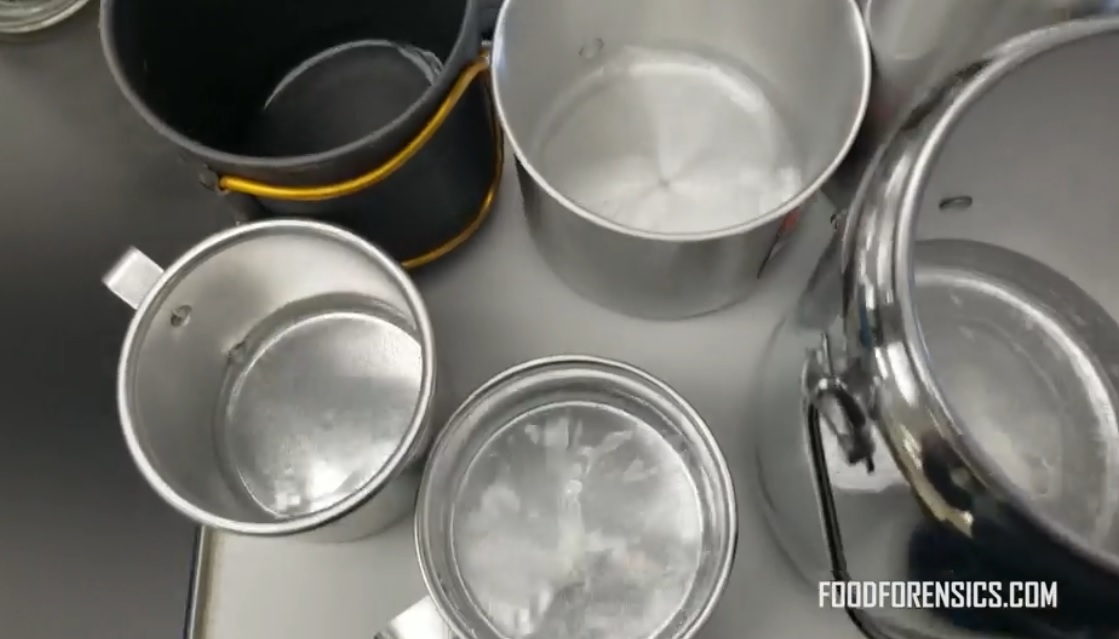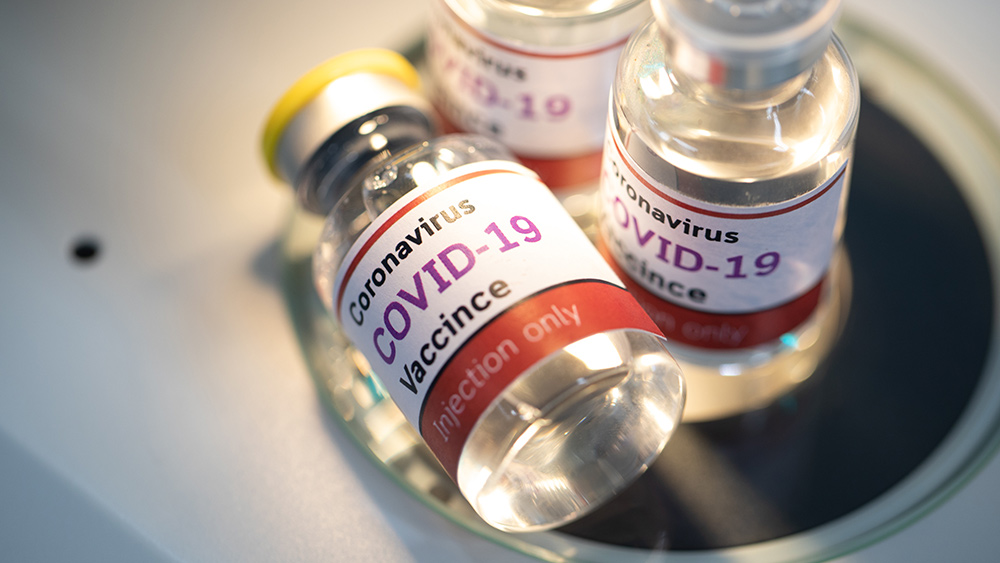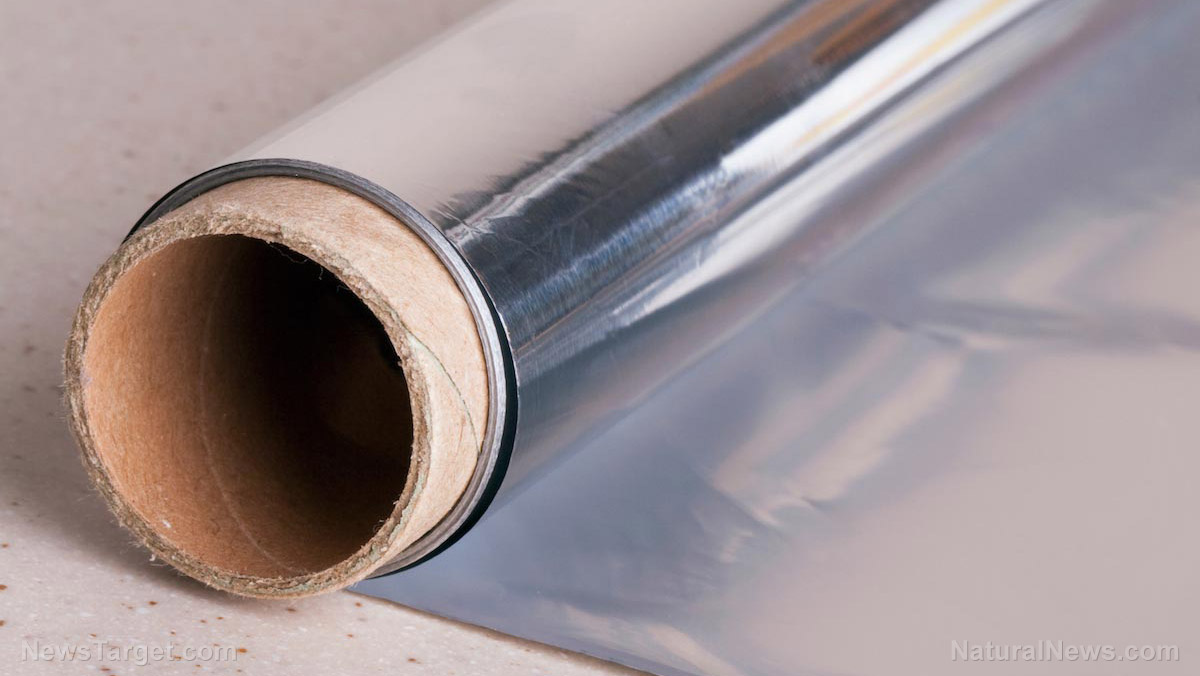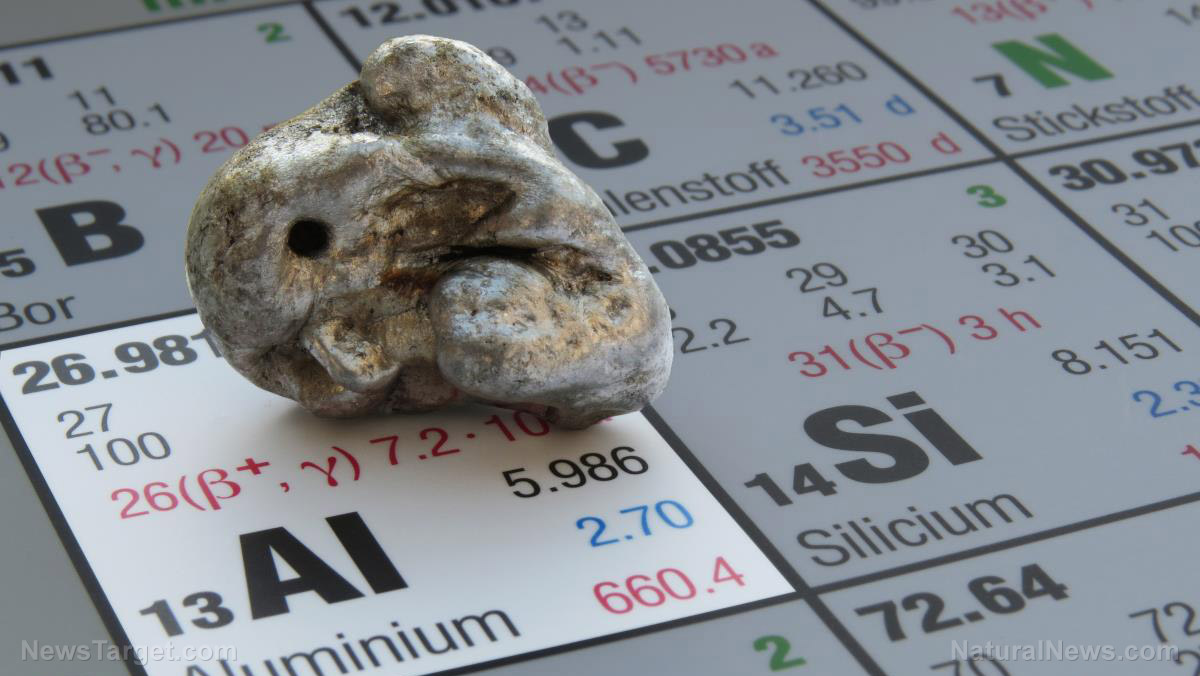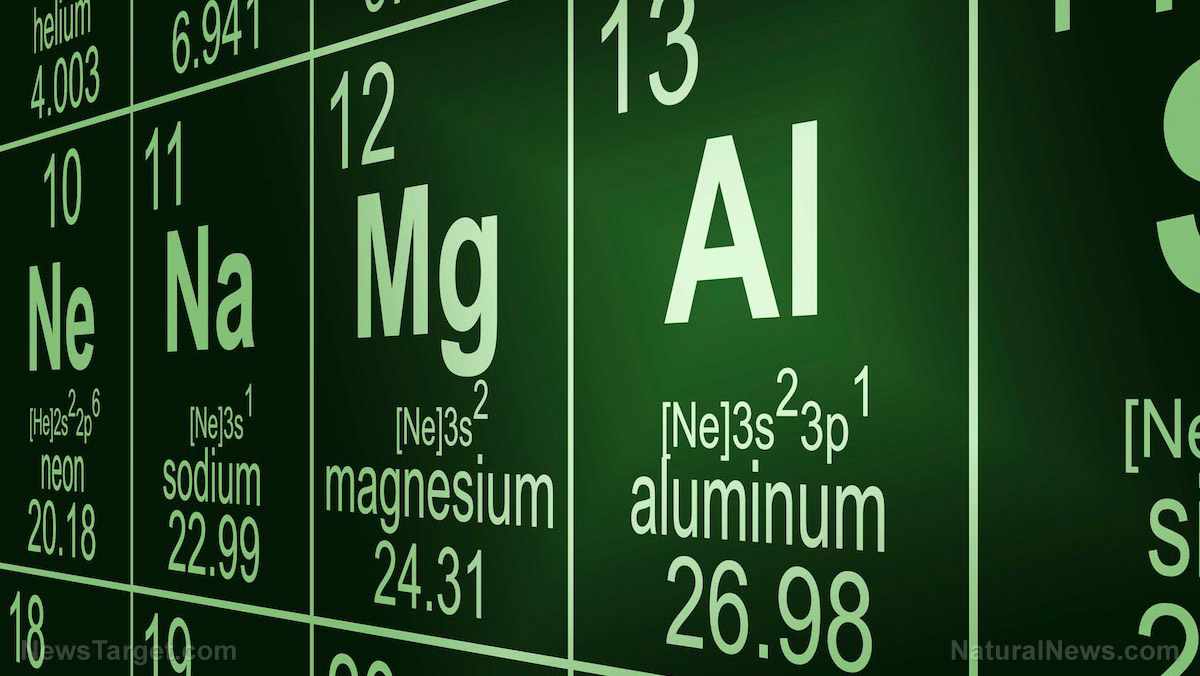Scientists discover a way to produce hydrogen using aluminum and water
08/17/2021 / By Ramon Tomey
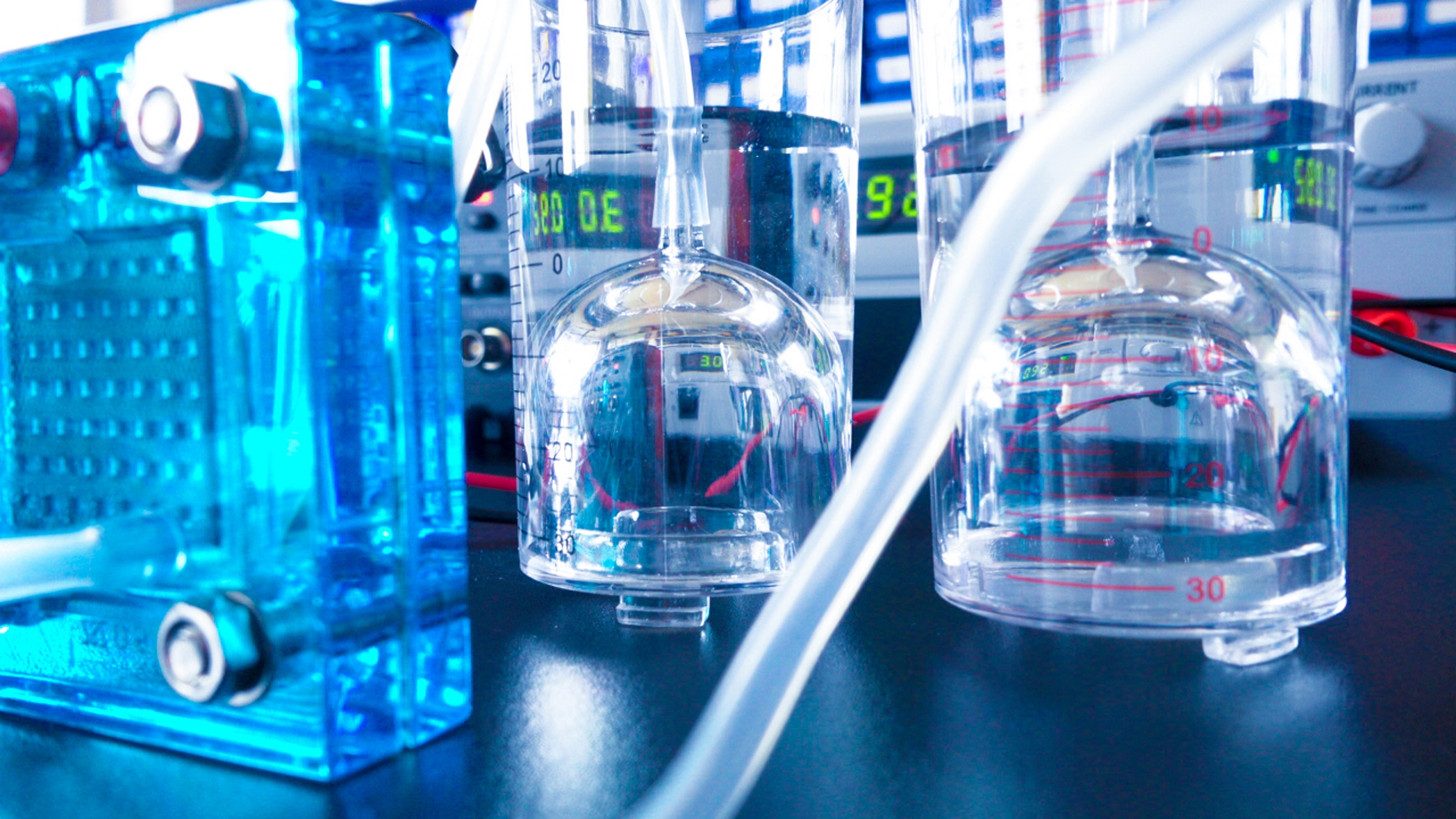
Hydrogen has been eyed as a feasible replacement for fossil fuels in the fields of energy and transport. However, producing and transporting hydrogen is a complicated process. But a group of researchers from the Massachusetts Institute of Technology (MIT) discovered a way to produce hydrogen through the use of aluminum and water.
Three MIT researchers elaborated on the process in a January 2020 paper published in Applied Energy Materials. According to the authors, their aluminum-water method of generating hydrogen simply called for moving the aluminum and making it react with the water at its destination. The process they espouse does not generate greenhouse gases, they added.
While aluminum metal will readily react with water at room temperature to produce aluminum hydroxide and hydrogen, the metal’s natural aluminum oxide layer prevents this reaction. Breaking down this oxide and preventing it from re-forming is key to the hydrogen process.
Study co-author and MIT professor Douglas P. Hart said: “Fundamentally, the aluminum becomes a mechanism for storing hydrogen – and a very effective one. Using aluminum as our source, we can ‘store’ hydrogen at a density that’s 10 times greater than if we just store it as a compressed gas.”
However, pure aluminum requires huge amounts of energy to mine and produce – leaving aluminum scraps as an alternative. Scrap aluminum, however, contains other elements such as magnesium and silicon that imbue certain properties to it. The MIT researchers then looked to using liquid metals and allowing them to permeate the material.
They then combined gallium and indium, which were both liquid metals, to create a eutectic mixture that remained in liquid form at room temperature. They coated samples of pure aluminum and scrap aluminum mixed with different alloys, letting the liquid metal mixture penetrate the samples for some time. The researchers then exposed the coated samples to water and noted the amount of hydrogen that formed.
The alloys used in the process could also be recycled
The MIT researchers found that the gallium-indium mixture penetrates and reaches the interior grains of the material samples. They noted, however, that the rate of penetration varies depending on the other elements present in the sample. Pure aluminum and those with silicon had the same permeation rate, but the eutectic mixture penetrated samples with magnesium at a slower rate.
Study co-author Laureen Meroueh mentioned the different benefits of using the aluminum-water process to produce hydrogen. She said: “You don’t have to apply any energy for the gallium-indium eutectic [mixture] to work its magic on aluminum and get rid of that oxide layer. Once you’ve activated your aluminum, you can drop it in water and it’ll generate hydrogen.” (Related: Can we find a cleaner way to extract hydrogen from water?)
She also noted that the eutectic mixture does not start a chemical reaction with the aluminum; it instead “physically moves around” in between the aluminum grains. Meroueh also pointed out that the gallium and indium eutectic mixture can be recovered, given that both are expensive and in short supply. “At the end of the process, I could recover all of the gallium and indium I put in and use [them] again,” she said. (Related: Bacteria can recover precious metals from old batteries for use in new ones.)
Hart, Meroueh and co-author Thomas Eagar observed that aluminum scraps that contained silicon and magnesium exhibited a different property than the rest of the samples. Often found in recycling streams, aluminum mixed with the two elements yielded a moderately strong yet corrosion-resistant material. Thus, they hypothesized that the presence of magnesium silicide – the substance formed when the two alloys combine – blocked the eutectic mixture from penetrating.
The hypothesis was proven true after coated aluminum scraps with silicon and magnesium were observed under a scanning electron microscope. The magnesium silicide deposits acted as barriers that prevented the gallium-indium mixture from permeating, even though the samples were already treated for 48 hours. Thus, the MIT researchers indicated that with the incomplete process, a lengthy pre-treatment period for aluminum mixed with silicon and magnesium would be critical for maximizing its hydrogen yield.
Less than a year earlier, Belgian scientists managed to develop a solar panel that produced hydrogen aside from energy. The researchers at KU Leuven led by professor Johan Martens said the panel also made use of water – in the form of moisture in the air – to generate hydrogen. They added that the resulting hydrogen can then be used for home heating systems.
A demonstration of the panel showed that it can produce substantial amounts of hydrogen. Large quantities of hydrogen bubbles appeared as soon as the prototype was exposed to the sun. Researcher Jan Ronge, who was a member of Martens’s team, said of the solar panel: “Twenty of these … produce enough heat and electricity to get through the winter in a very well-insulated house, and still have electricity left over.”
NewEnergyReport.com has more articles about hydrogen production with only the help of water.
Sources include:
Submit a correction >>
Tagged Under:
Aluminum, breakthrough, Chemistry, Clean Energy, clean hydrogen, discoveries, eutectic mixture, hydrogen fuel, hydrogen production, innovation, research
This article may contain statements that reflect the opinion of the author
RECENT NEWS & ARTICLES
COPYRIGHT © 2017 ALUMINUM NEWS

